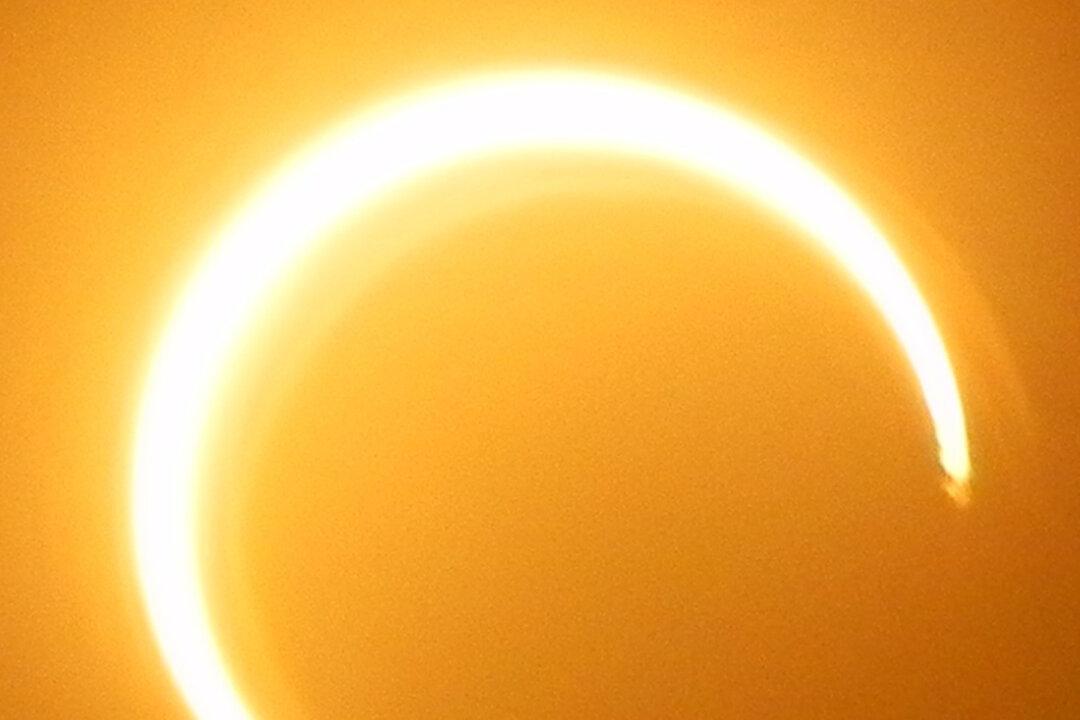Millions of skywatchers across the eastern hemisphere witnessed the most spectacular annular eclipse of the decade over the weekend. And it did not disappoint.
On Sunday, observers in parts of central Africa, the Middle East, Asia, and Taiwan were able to witness a grand spectacle that appeared at 11:45 p.m. EST Saturday and ended on Sunday at 5:34 a.m. EST.






